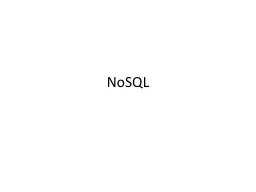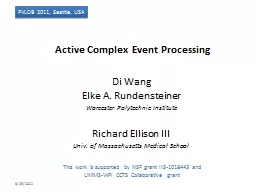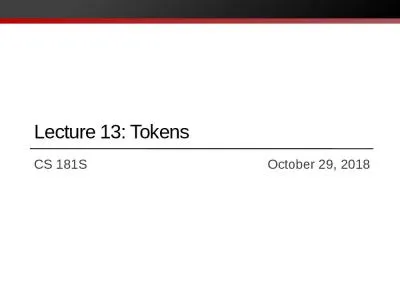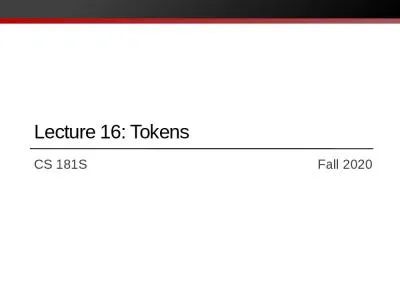PPT-LogKV : Exploiting Key-Value Stores for Event Log Processing
Author : ellena-manuel | Published Date : 2018-10-26
Zhao Cao Shimin Chen Feifei Li Min Wang X Sean Wang HP Labs China University of Utah Fudan University Introduction Event log processing and analysis are important
Presentation Embed Code
Download Presentation
Download Presentation The PPT/PDF document "LogKV : Exploiting Key-Value Stores f..." is the property of its rightful owner. Permission is granted to download and print the materials on this website for personal, non-commercial use only, and to display it on your personal computer provided you do not modify the materials and that you retain all copyright notices contained in the materials. By downloading content from our website, you accept the terms of this agreement.
LogKV : Exploiting Key-Value Stores for Event Log Processing: Transcript
Download Rules Of Document
"LogKV : Exploiting Key-Value Stores for Event Log Processing"The content belongs to its owner. You may download and print it for personal use, without modification, and keep all copyright notices. By downloading, you agree to these terms.
Related Documents














